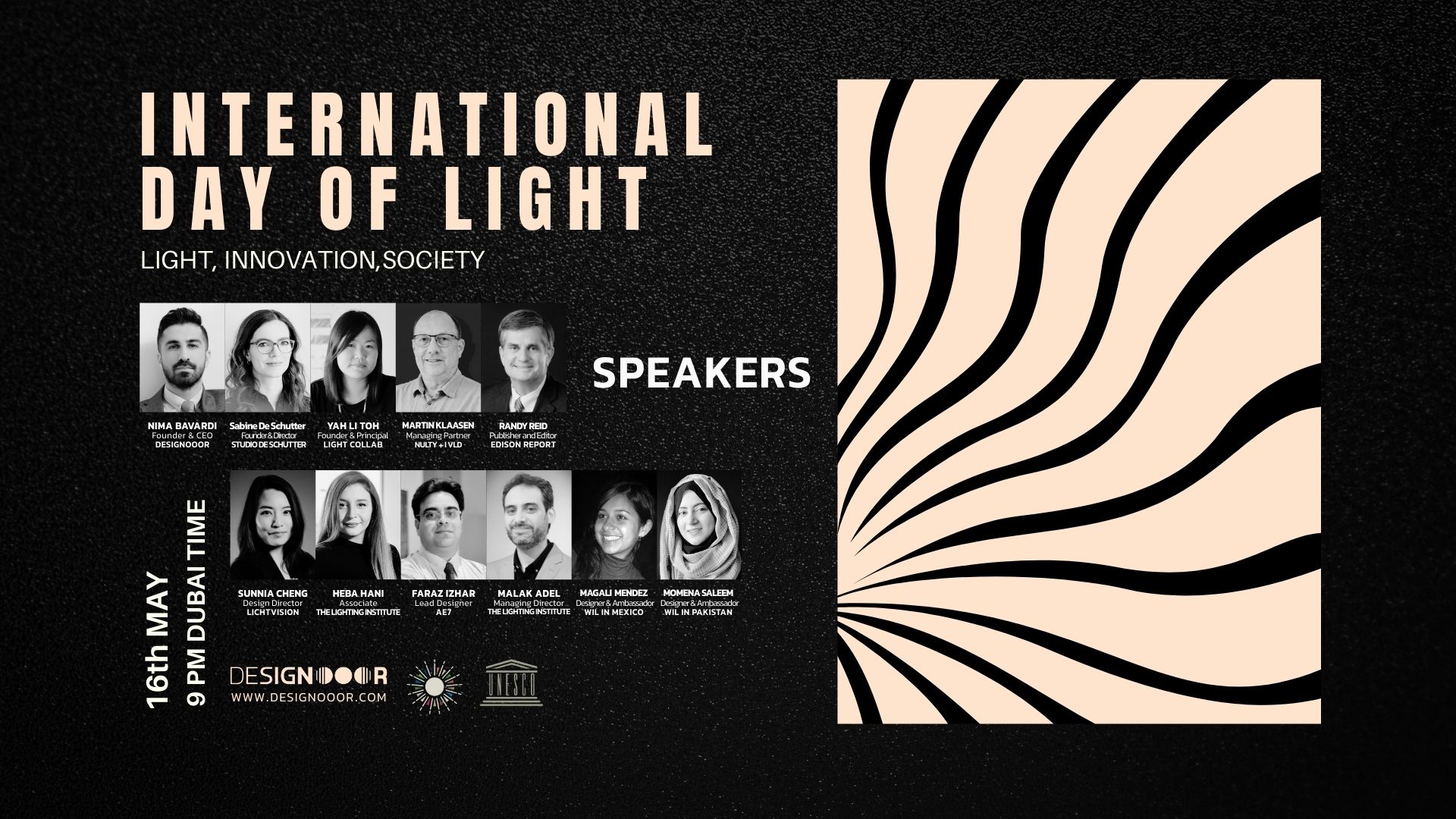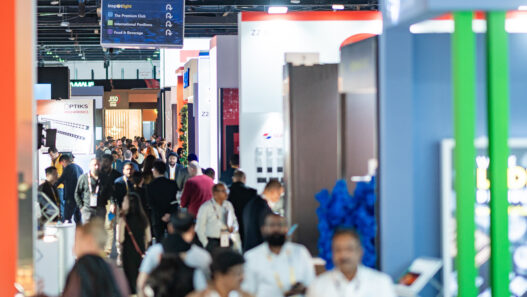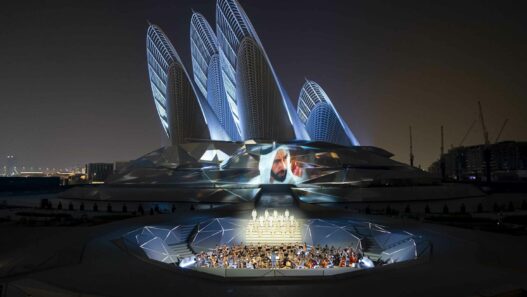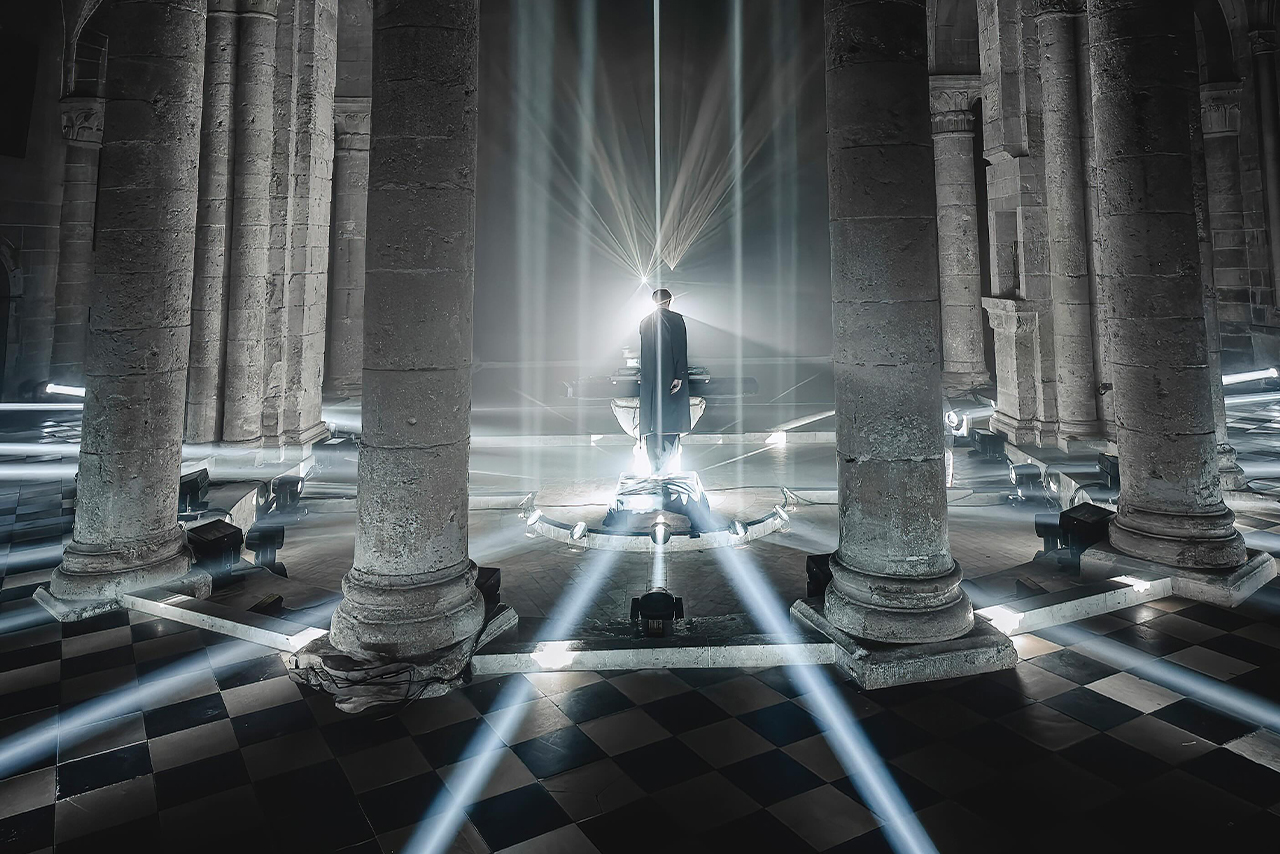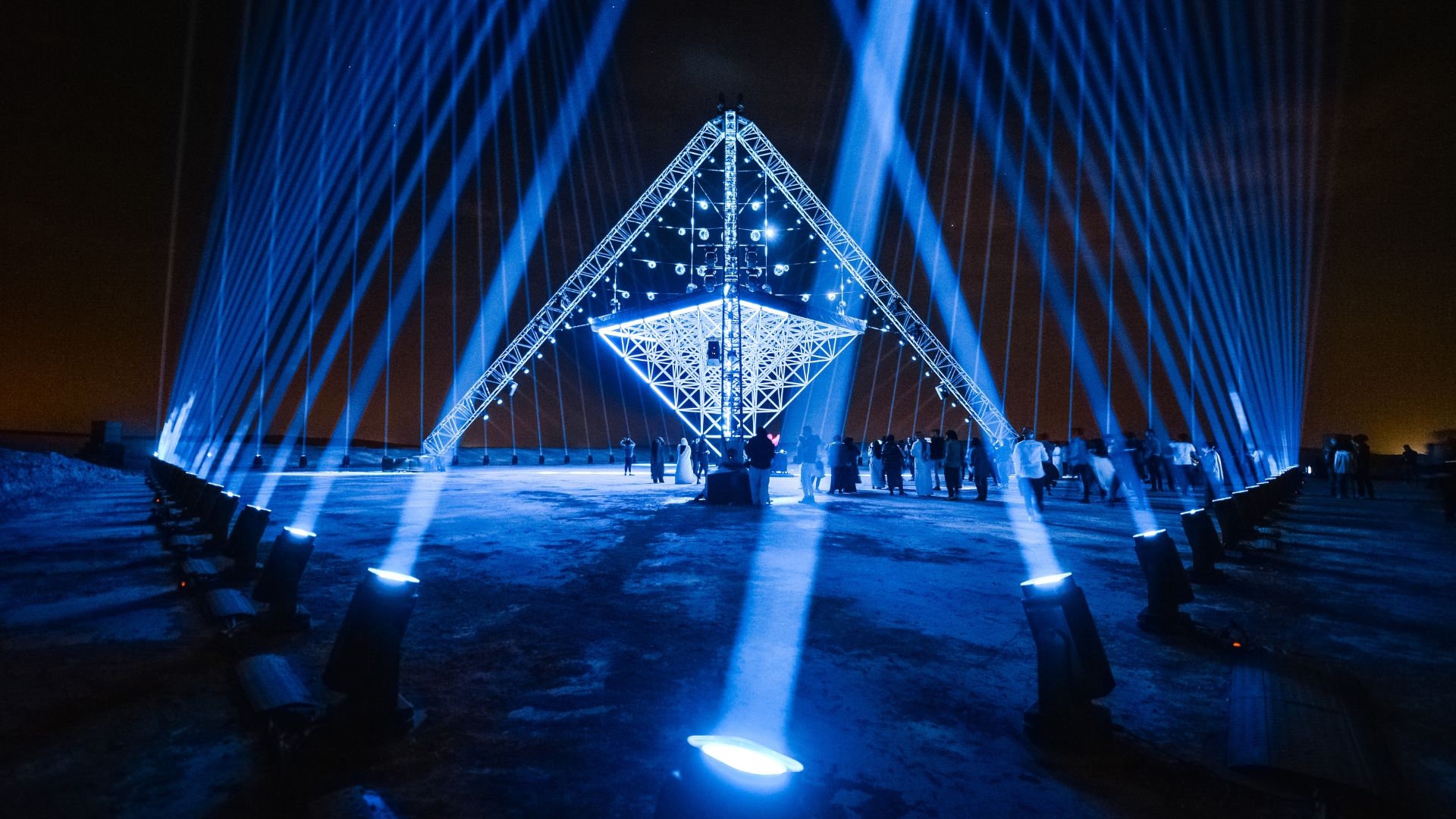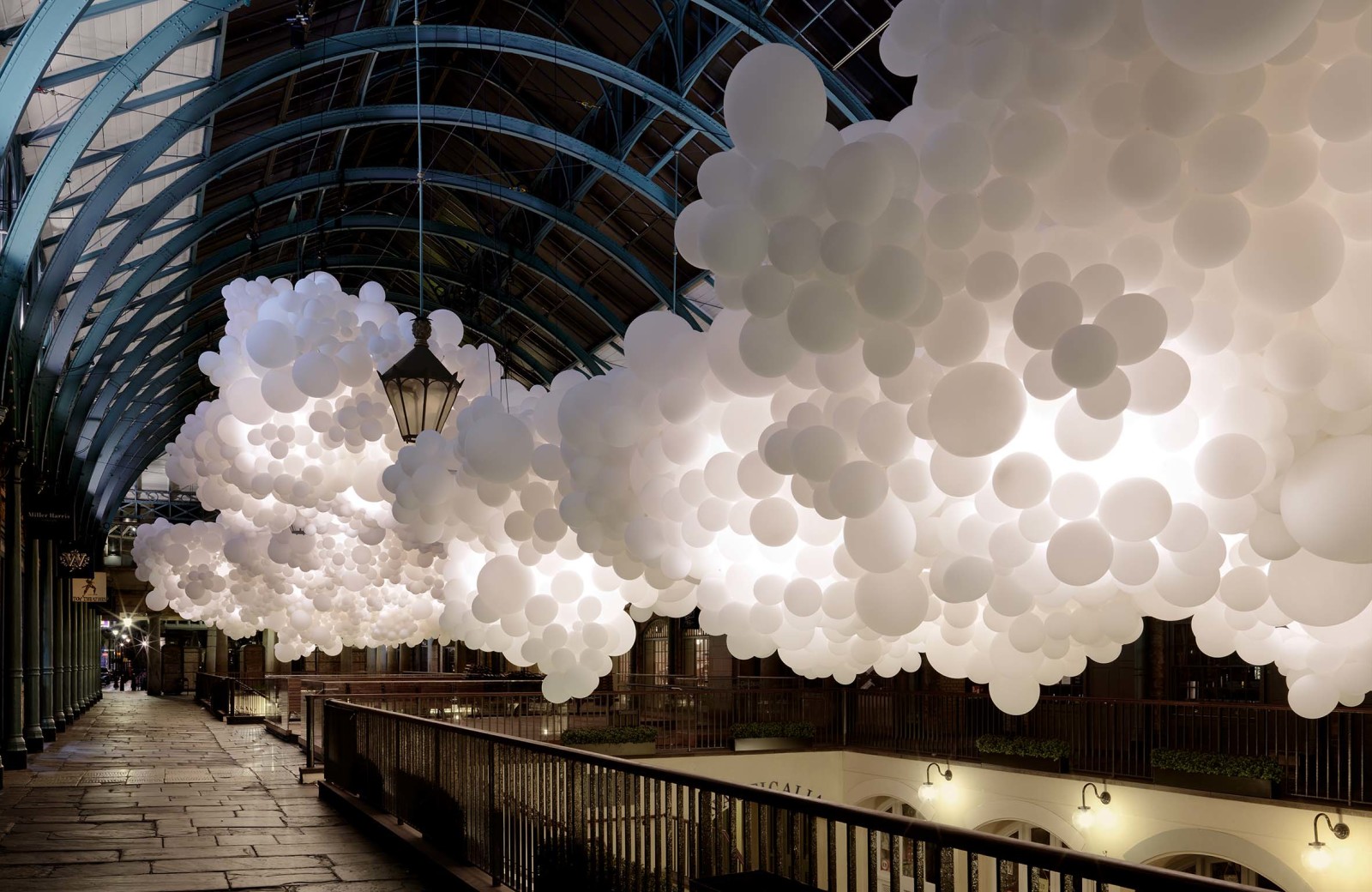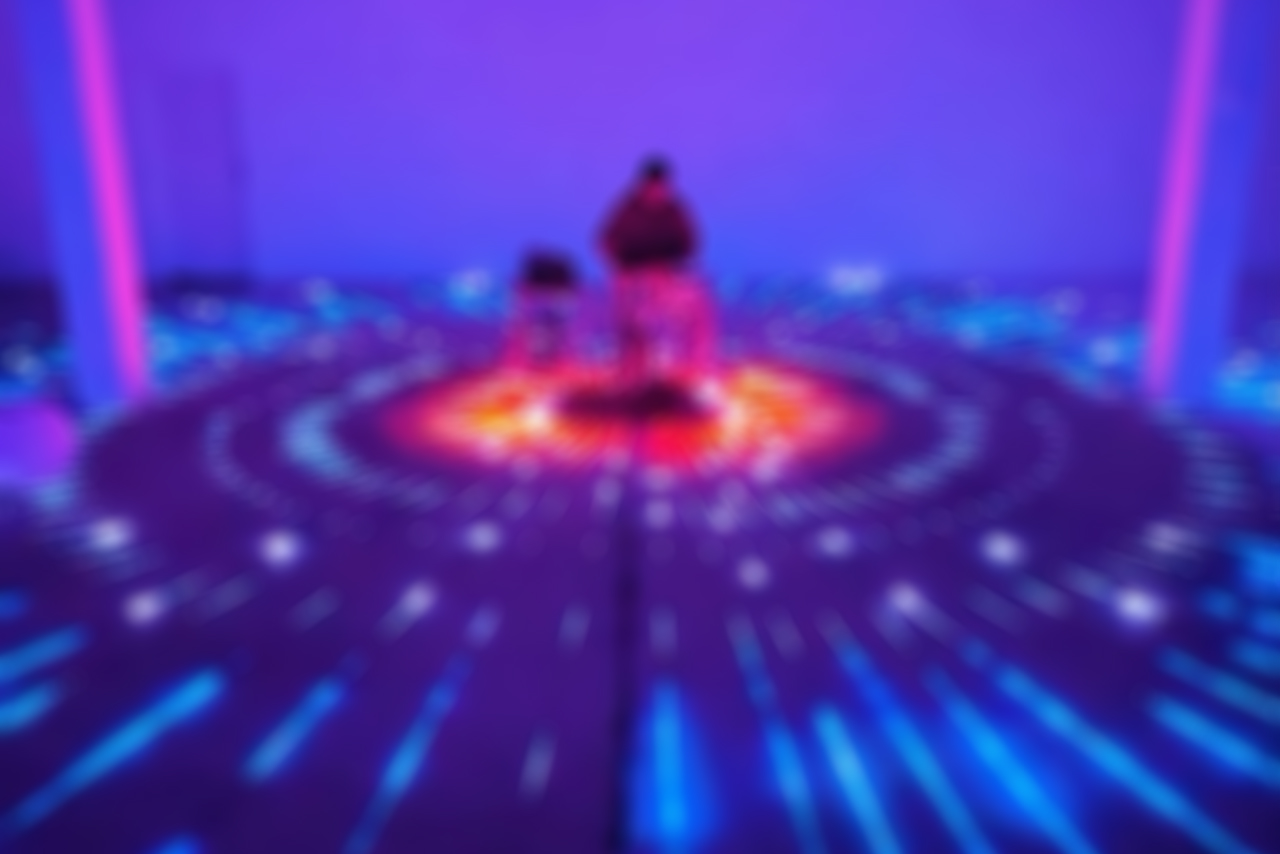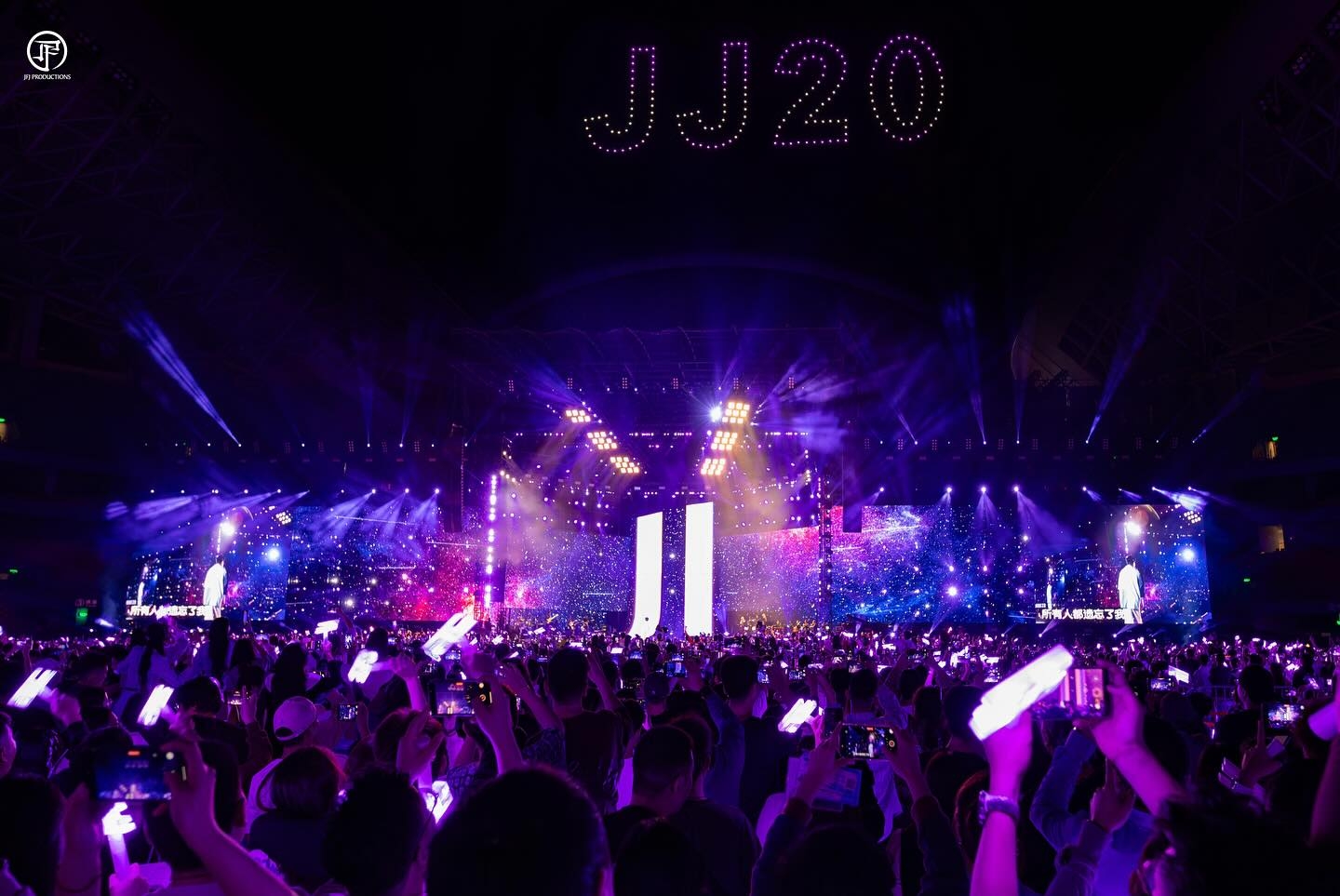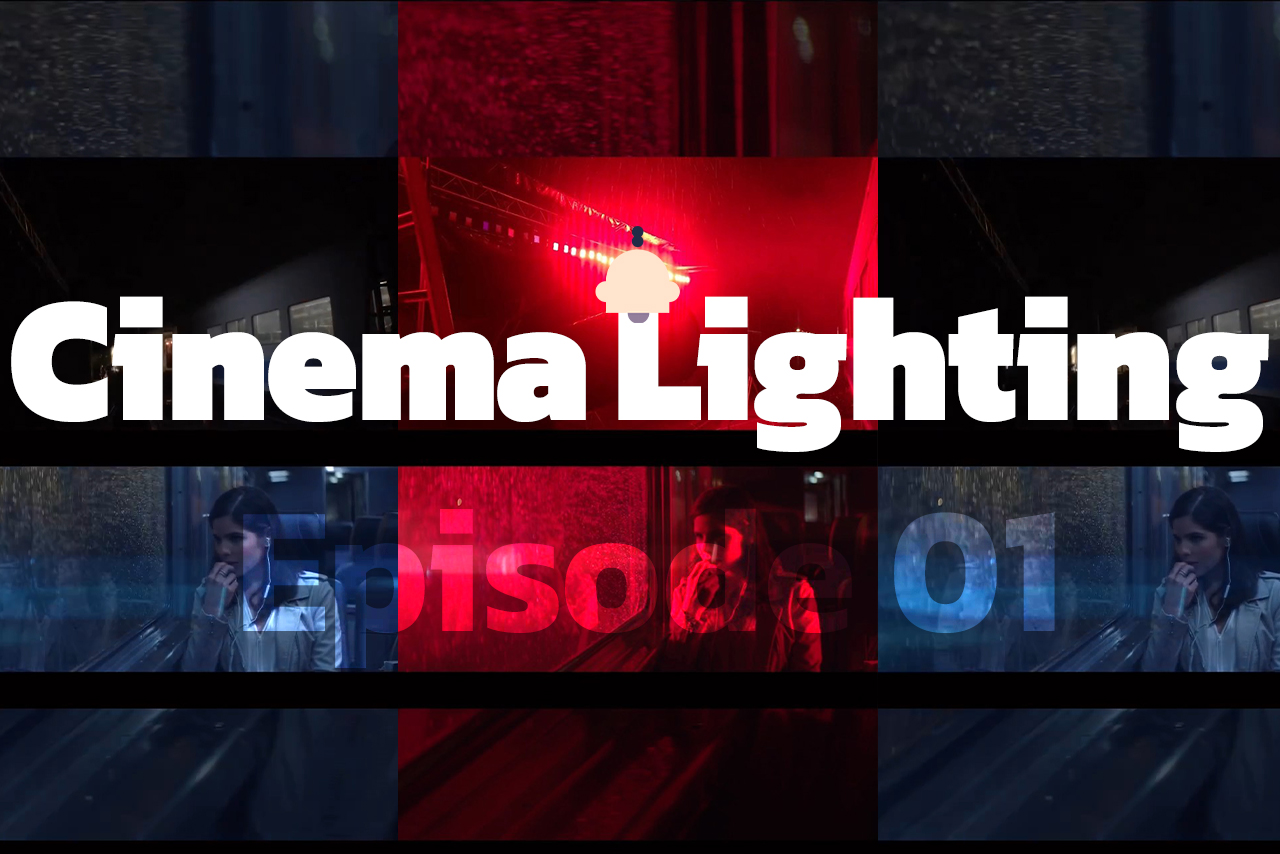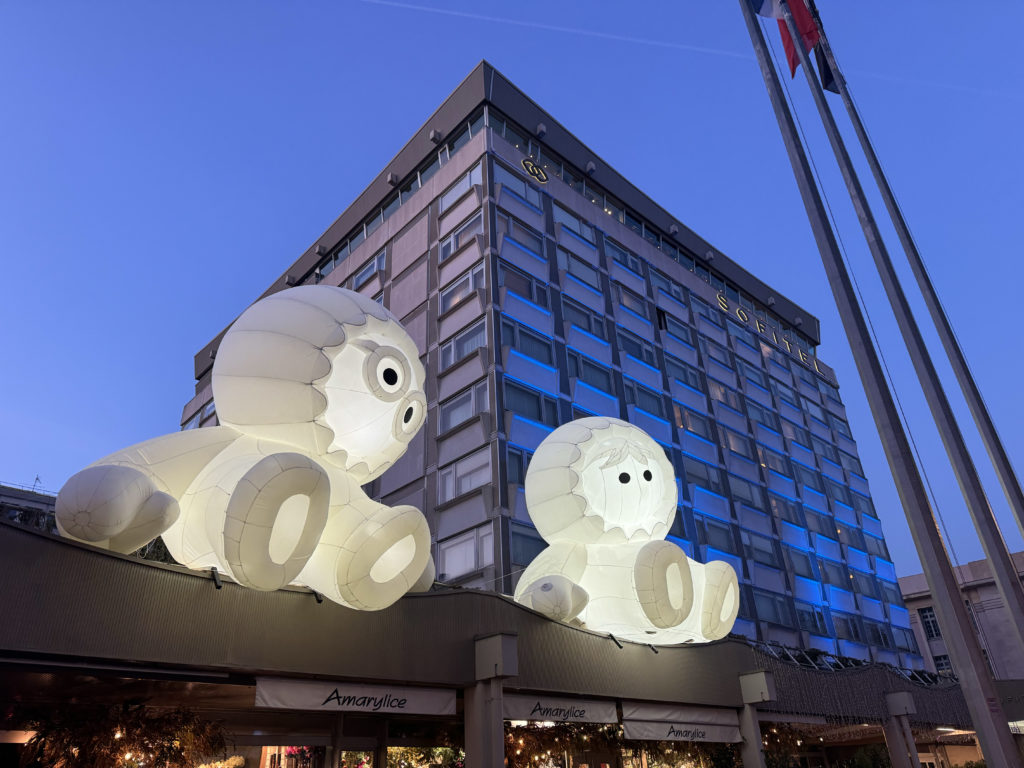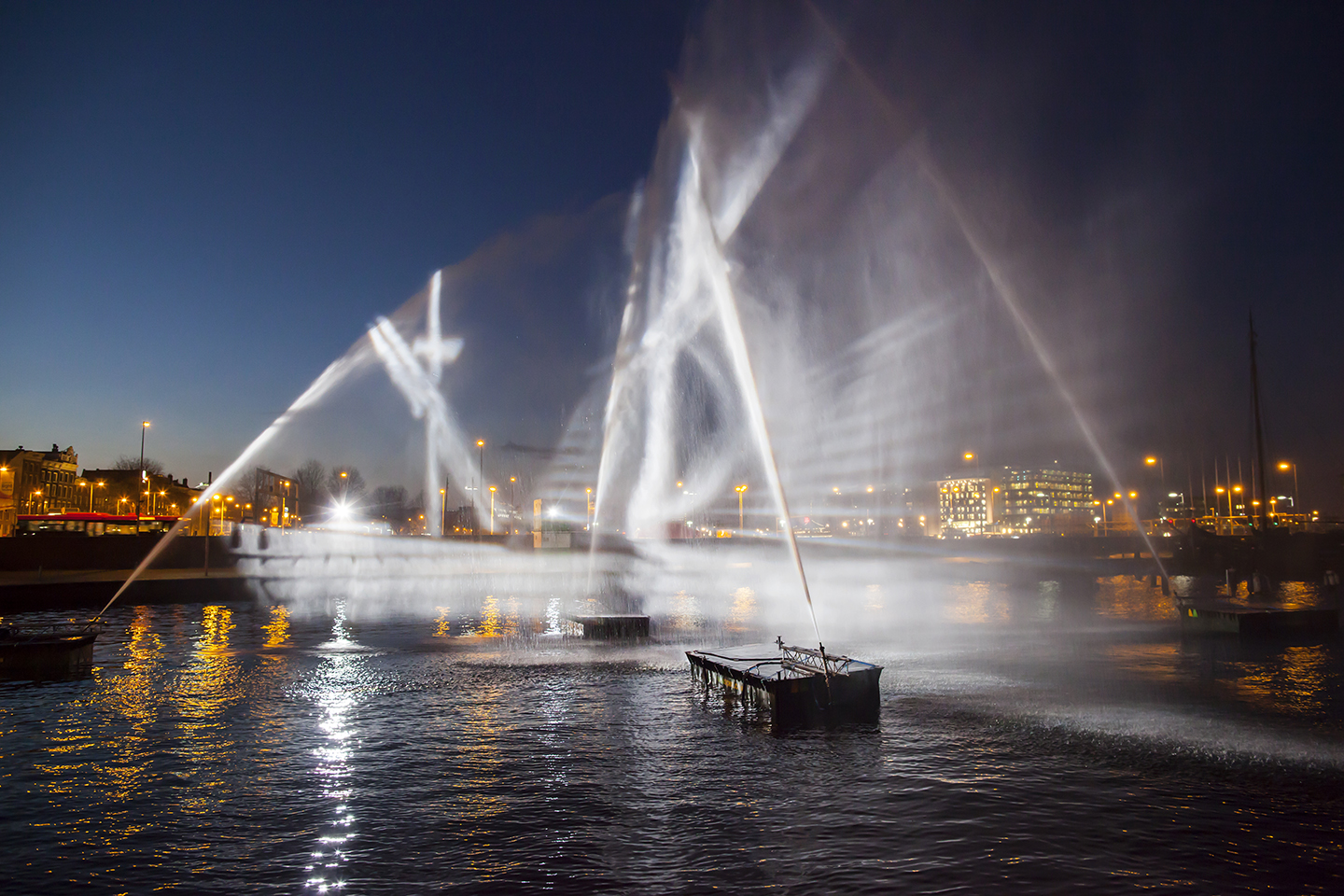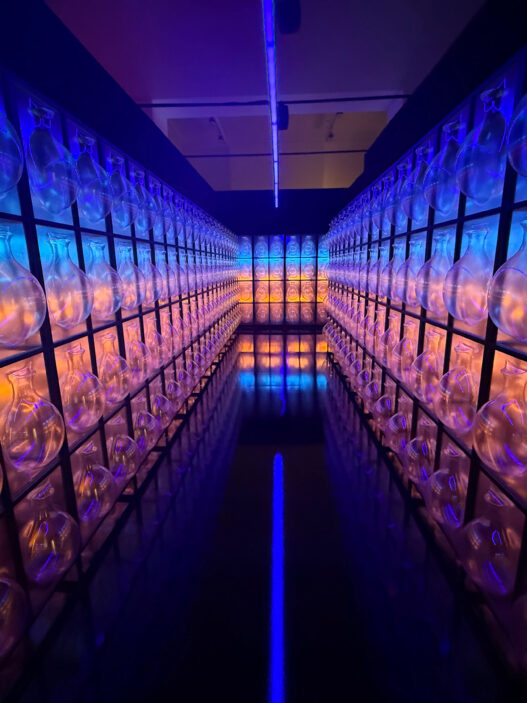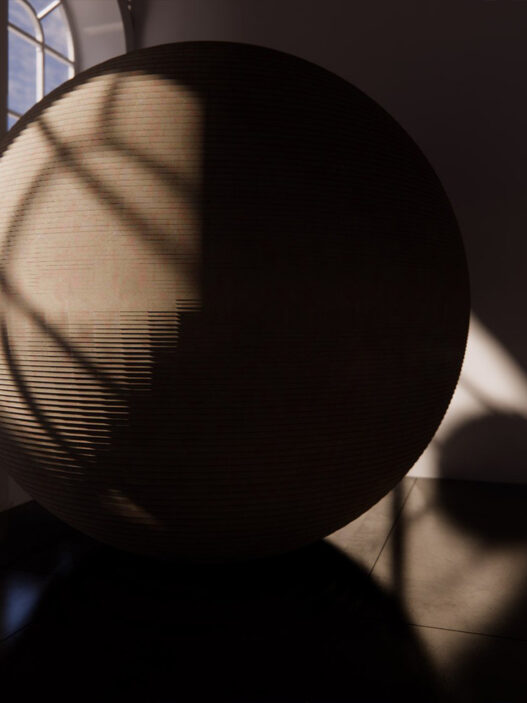Out of darkness, a light is born as if rising from the depths of the earth, reaching its peak with every heartbeat of the music. This light does not merely illuminate space; it synchronizes with the rhythm, transforming into a living being that breathes and dances with each sonic pulse. Shadows are not absent, on the contrary, they take center stage, embracing the light, telling a new story with every motion.
In this fluid, compact structure, the lights are not just visual phenomena but integral components of the musical structure itself. As O Fortuna begins with its thunderous pulse, light no longer follows the music, it becomes a glowing metronome, a sinusoidal wave of energy returning with greater intensity each time. The dynamic lighting design here never settles; flashes, bursts, sharp cuts, and gentle fades all act as codes decoding the soul of the piece. Light, in these moments, becomes a second language to the music, wordless, yet screaming.
If this performance were imagined inside the body of an architectural structure, the church would serve as a dormant shell, shaken from within by light and music. The interior architecture, intersecting arches, vertical columns, and lofty vaults, conspires with the lighting in a theatrically architectural way. Pointed and whip-like projections of light upon vertical surfaces don’t just illuminate the space; they redefine the very fabric and volume of the building. The lights do not shine on the space; they rewrite it. In their midst stand the shadows, like the silence between musical notes, without them, everything collapses.
What elevates this performance beyond mere aesthetic is the astonishing harmony between light and sonic climaxes. In moments of sudden bass hits, light erupts violently, and in transient silences, it retreats with deliberate grace. You realize that the lighting designer doesn’t treat the music as a backdrop, but rather as a rival-ally, an equal partner in confrontation. When light clashes with space, with the church walls, arches, the towering ceiling, what emerges resembles the suspense in Caravaggio’s paintings: light and darkness not in conflict, but in an intimate embrace.
Yet what rescues this performance from shallow formalism is its profound spatial awareness. These lights, while rhythmic, also engage with the architectural form, they climb Gothic arches, spill over stone surfaces, and dissolve into vertical lines of the sanctuary. They were not designed merely to dazzle the eye; they came to redefine architecture. When beams crawl along the walls and slip between the columns, it feels as if the church itself has become an instrument, a performer, playing in unison.
Creative Director : Jeremie BELLOT
Lighting Designer : Mikael Trochu
Video edit : Alban Guerry-Suire
Photo Credits : yo0ujo
